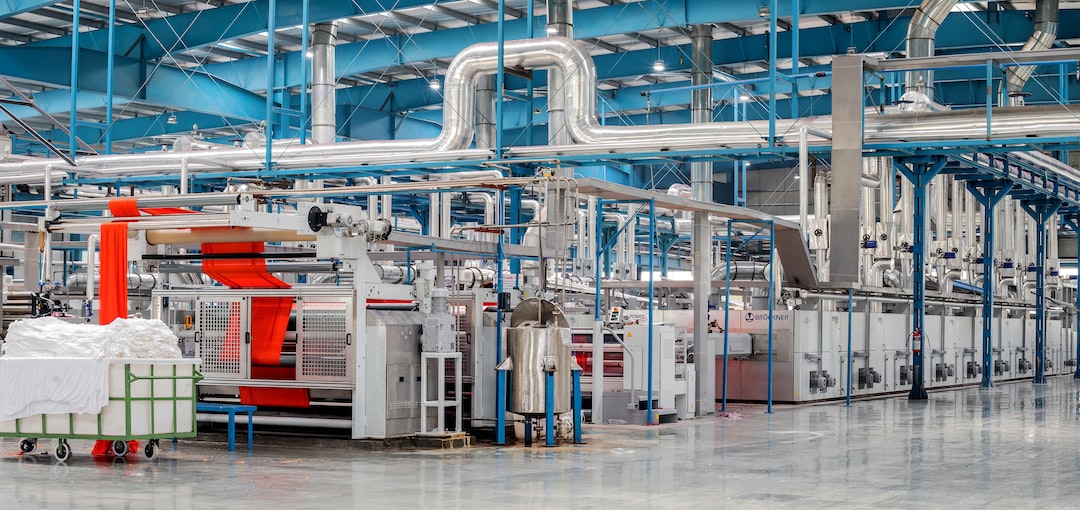The Impact of 3D Printing on the Manufacturing Sector
Over the past few years, 3D printing has emerged as a disruptive technology, revolutionizing the manufacturing sector in ways we couldn’t have imagined before. Also known as additive manufacturing, 3D printing enables the creation of three-dimensional objects by layering material until the final product is achieved. This innovative process has transformed the traditional manufacturing landscape, offering countless benefits and opening up opportunities that were previously unimaginable.
One of the most significant impacts of 3D printing on the manufacturing sector is its ability to reduce costs. Traditional manufacturing methods often involve high labor costs, substantial material waste, and expensive tooling and equipment. 3D printing, on the other hand, allows for more efficient use of materials and eliminates the need for complex tooling, resulting in cost savings. This has made product development and prototyping more accessible and affordable for small businesses and startups, leveling the playing field and fostering innovation.
Moreover, 3D printing enables customization and personalization on a scale that was not feasible before. With the traditional manufacturing process, customization often comes at a high cost and requires significant lead times. However, 3D printing allows for the rapid production of individualized products, making it possible to cater to a wide range of customer preferences and requirements. This level of customization has opened up new markets and has the potential to transform industries such as healthcare, fashion, and automotive.
Additionally, 3D printing has the potential to reduce waste and harm to the environment. Traditional manufacturing processes often result in excess material waste, as well as the emission of harmful pollutants. With 3D printing, the production process is more precise, significantly reducing material waste. Moreover, the ability to manufacture products on-demand and locally reduces the need for extensive transportation networks, thereby minimizing carbon emissions. This environmentally friendly aspect of 3D printing aligns with the growing global focus on sustainability and green initiatives.
Another noteworthy impact of 3D printing is its ability to streamline the supply chain. Traditional manufacturing usually involves a complex network of suppliers, manufacturers, and distributors, resulting in longer lead times and increased costs. However, with 3D printing, certain parts or products can be manufactured on-site, eliminating the need to rely on a global supply chain. This reduces lead times and enables companies to respond quickly to market demands. Furthermore, 3D printing enables the creation of spare parts on-demand, minimizing inventory costs and improving efficiency.
Despite the numerous advantages and potential of 3D printing, challenges remain. The technology is still in its infancy and requires further development to reach its full potential. Issues such as print speed, size limitations, and material selection need to be addressed for 3D printing to be more widely adopted in mainstream manufacturing processes. Additionally, concerns regarding intellectual property and copyright infringement have also emerged as 3D printing allows for the easy replication of products.
In conclusion, 3D printing has had a profound impact on the manufacturing sector. From reducing costs and waste to enabling customization and streamlining the supply chain, this innovative technology is transforming the way we produce goods. As further advancements are made and challenges are addressed, 3D printing will continue to revolutionize the manufacturing landscape, driving innovation and unlocking new opportunities. It is an exciting time to be a part of this rapidly evolving industry.

